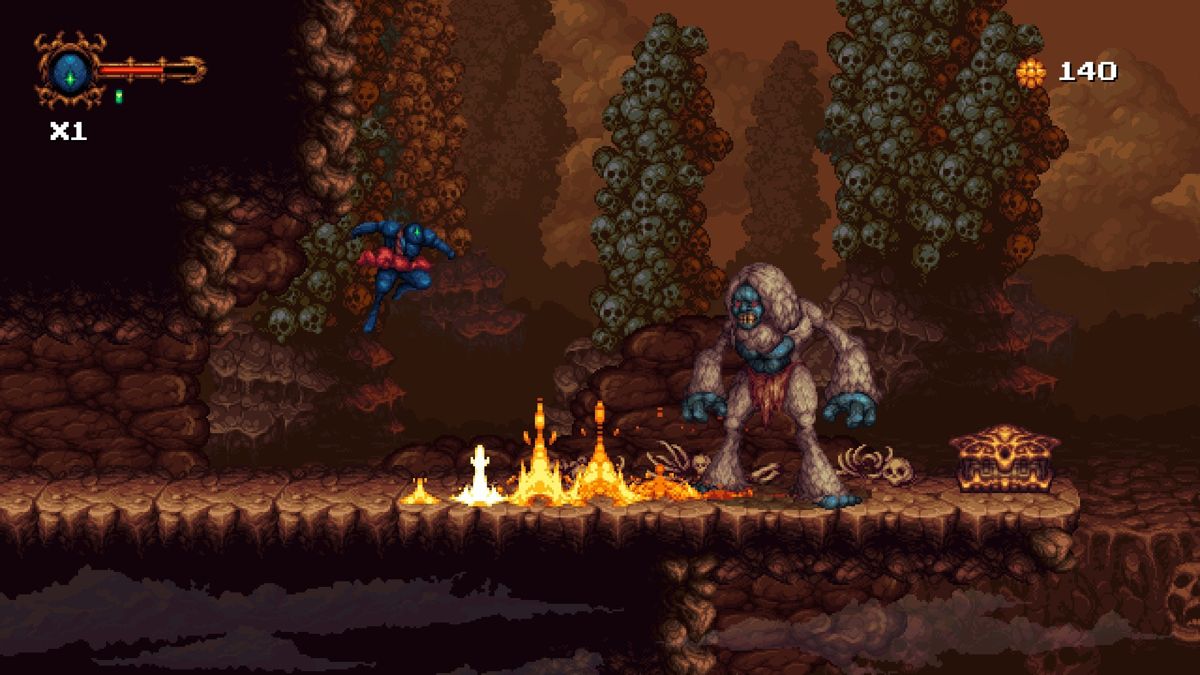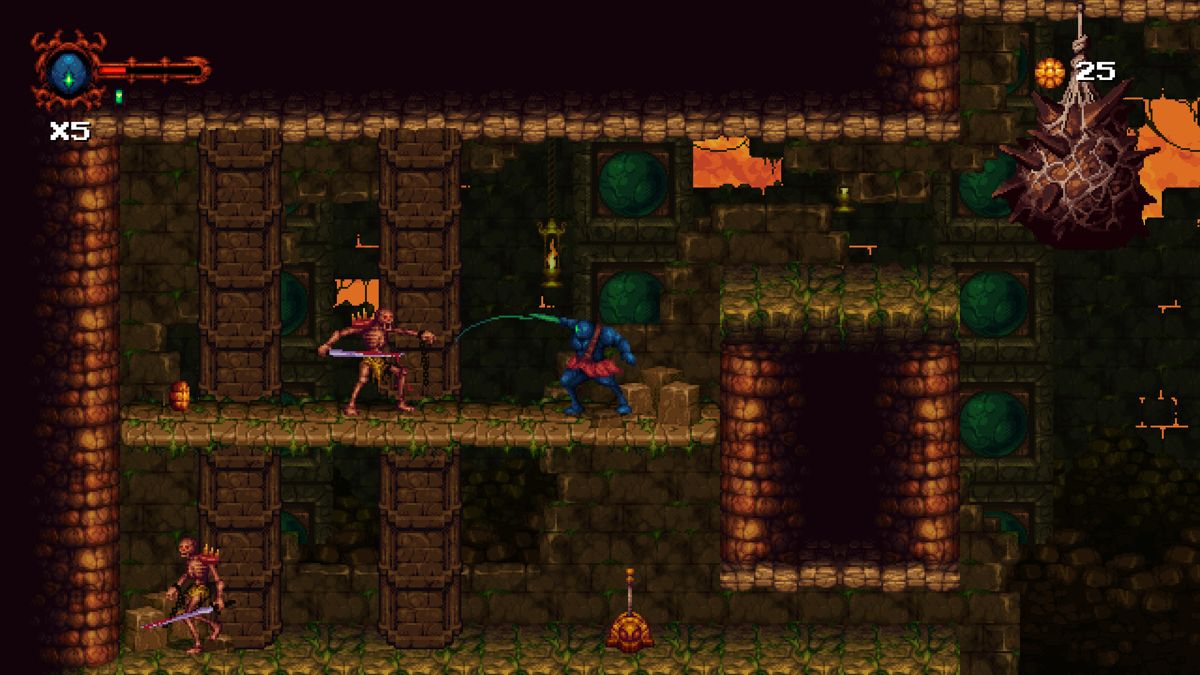Not clear who the artist who did this is. Doc the Destroyer is an adventure/RPG hybrid that was supposed to be the first of a line of Doc the Destroyer games but the series plan didn't come to fruition.
Sunday, December 31, 2023
COVER ART: Doc the Destroyer (1987)
Not clear who the artist who did this is. Doc the Destroyer is an adventure/RPG hybrid that was supposed to be the first of a line of Doc the Destroyer games but the series plan didn't come to fruition.
Friday, December 15, 2023
Primal Light (2020)
Tuesday, December 5, 2023
Thief II: The Metal Age (2000)
With Thief: The Dark Project turning out to be an unexpected success, Looking Glass Studio didn't take too long to produce a sequel. The first game featured Garrett battling Chaos-worshipping pagans who wanted nature to run amok over the world, so the sequel, The Metal Age, goes for a contrast. At some point a Hammerite splinter faction called the Machinists, lead by the mysterious Karras, ascended and began upgrading the technology level of the City. It's now full of steampunk surveillance cameras and even security robots that look like ED-209 from Robocop given a baroque chassis.
It's not much of a spoiler to reveal that Karras, with his Droopy Dog accent, is a madman who's been working with the city police to abduct criminals and undesirables and transform them into automatons that the city's nobility can use to as cheap labor to replace their human servants, but Karras has an additional plot to unleash a weapon that will annihilate organic life entirely. Much like the first game, Garrett starts out simply doing his usual work of burglarizing mansions, but he will gradually be pulled unwillingly into conflict with the Machinists and have to infiltrate their cathedrals, factories, and bases to uncover and stop Karras's schemes.
The game largely plays the same as the original, with keeping to the shadows as much as possible and making as little noise as possible the keys to success. Garrett has some extra tricks, such as using the steampunk eye he got as a replacement for the one plucked out in the prior game as a link with scout spheres he can toss to scope out areas without exposing himself. The designers listened to player feedback from the original game and emphasized stealth gameplay above all else, largely avoiding the first game's occasional pushes toward faster action that were included because they were uncertain players would tolerate a game with so little combat. Thief II's levels are sprawling and complex and mission objectives sometimes evolve as new areas are explored. Garrett will often have to criss-cross large buildings to find important objects or operate switches that will unlock areas he needs to enter, such as a level in which he has to rob the vault of a huge, highly secure bank by getting into its basement to deactivate the vault door's massive bolt lock. In keeping with Looking Glass's design philosophy, players are allowed to approach levels however they like, with most areas having multiple points of entry, and playing on expert difficulty is encouraged because doing so exposes the player to more of the game, requiring that they simply accomplish more objectives instead of superficially making enemies tougher.
A downside of the game's greater focus on stealth and the creation of steampunk antagonists is that the game does lose a bit of the sword and sorcery flavor of the original game. Although the undead aren't entirely absent, their appearances are sparse and quickly pass, and monsters like the burricks and elementals are entirely absent. The unceasing use of Machinist enemies gives the game a slightly drier atmosphere. In the celebrated Life of the Party level, Garrett can briefly invade a necromancer's tower in the middle of the city. If the player is foolish enough to read the Book of Ash (the Thief universe equivalent of the Necronomicon) on the wizard's altar, the player will find himself beset by a pair of ghouls. A later level finds Garrett stuck in pagan territory, where he has to tangle with humanoid enemies and possibly even living trees. These moments of horror are very welcome in giving a break from the robots and Machinist patrols.
Thief II maintains the moody style of cutscenes and the game is still exceptionally well-written compared to most video games.
Garrett is as cynical as ever, although he does get a bit unusually emotional at the climax, perhaps the only note that's questionable. Garrett is a very refreshing game character in how he feels vulnerable and how no matter how big the story gets, his adventures always come down to how well he can sneak in and out of a particular structure. Although the games tell a broader story, any level has the feeling of a single short story featuring this protagonist who merely wants to perform his trade to make enough money to keep his rent paid. As well-loved as these original two games are, they've given rise to a rich scene of fan-created missions that can be freely downloaded, many of them well-designed variations of raiding ancient tombs or opulent mansions.
Lionheart (1993)
Lionheart for the Amiga might be described as being like Thundercats except not lame. The story of the game is that Valdyn, a half-man/half-...

-
Torvak the Warrior is a relatively early game from Core Design, which of course would go on to fame for creating the Tomb Raider series. Tor...
-
The Witcher 3 is one of the most celebrated games of the modern era. It iterates on the gameplay style of the Witcher 2 by adjusting the c...
-
In recent years, it's become popular for Dark Souls fans to dig through older game catalogs and try to retroactively label certain tit...









